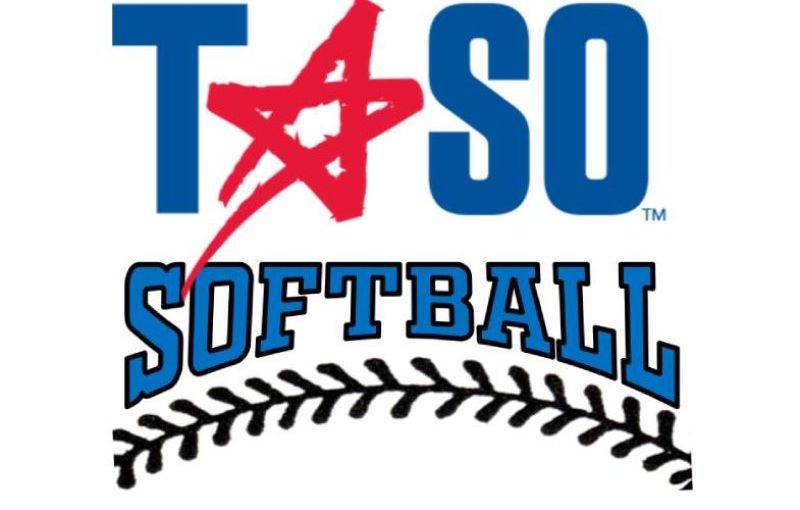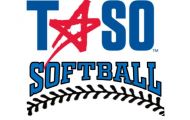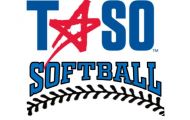
03-24-2025 NFHS SOFTBALL WEEKLY RULE INTERPRETATIONS
2025 NFHS Softball Rule Interpretations March 24
March 24, 2025
NFHS Softball Weekly Rule Interpretations
Situation 1: As the umpires approach the field, they notice an area at the end of the home dugout that is chalked off creating a dead ball area for media to occupy. The umpires inform home management that this is not allowed, and media is prohibited from being in live ball territory. RULING: The umpire is correct that media is prohibited from being in live‑ball area. With the improvement of cameras, it is very seldom necessary for the media to be “inside the fence” on playing fields as they can gain access to obtain video or still pictures from designated media areas outside the field of play. This should by far be the norm for media to have designated areas outside the field of play allowing them to shoot over or through the fence/netting to capture their pictures or video. However, in extremely rare occasions where there are not acceptable areas outside of the field of play, a media area may be designated within the confines of the field. In these very rare cases these areas should be positioned to ensure they have the least possible impact on the game. Also, this designated area is now considered dead ball territory for the entire game whether it is or is not occupied by a media person. (1‑1‑7)
Situation 2: Team A is at bat with B1 in the left‑hand batter’s box and they square to bunt with their left foot in the front corner of the batter’s box closest to home plate. As the ball comes off the bat it hits B1’s left foot that is still on the ground completely in the batter’s box. The umpire rules this a dead ball and the batter‑runner out for contacting a fair batted ball before reaching first base. Team A’s coach argues that the ball hit the batter in the batter’s box so it should be ruled a foul ball. The umpire rules that since the batter’s foot was in the part of the batter’s box that is in fair territory when contact was made that the ball is fair, and the batter becomes a batter‑runner since they have hit a fair ball. Also they are out for contacting the batted ball prior to reaching first base. RULING: Incorrect ruling by the umpire. When the ball touches the batter while the batter is still within the batter’s box it is a foul ball. Since the ball is foul by rule then the batter has not become a batter‑runner and has not violated the rule for contacting the ball prior to reaching first base. Unless the batter had two strikes when they bunted the ball foul, the batter remains at bat with a strike added to their count. (2‑24‑1f, 2‑64, 7‑4‑9, 8‑1‑1a, 8‑2‑7e)
Situation 3: With R1 on second base and no outs, B2 hits a deep base hit that gets past the outfielders and ends up at the fence. R1 rounds third base and is obstructed by F5 and falls to the ground. In a) the third base coach seeing R1 on the ground and the ball still at the fence grabs R1 and helps them back to their feet. The umpire rules R1 out for being physically assisted and allows play to continue. In b) F8 retrieves the ball and returns the ball to F1 in the circle with B2 standing on second base and R1 is still laying on the ground unable to get back to their feet. The umpire rules R1 out for violating the look‑back rule for not immediately advancing toward home or returning to third base. RULING: Incorrect ruling in both cases. When R1 is obstructed, the umpire should signal a delayed dead ball and verbalize “obstruction”. Since the obstruction occurred between third base and home plate the runner cannot be called out between these two bases unless they violate one of the six exceptions listed in 8‑4‑3b Penalties 1 Exceptions. In a) when a runner is physically assisted by an offensive team member, other than another runner, typically the ball remains in play and the runner is called out (live ball out). In thiscase since the runner that was assisted is still between the two bases where they were obstructed and has been put out for being physically assisted the ball becomes dead. Since the runner is still between the two bases where they were obstructed, they may not be called out unless they violate one of the listed exceptions. A runner being physically assisted is not one of these exceptions allowing a runner to be called out. So when the obstructed runner is put out the ball becomes dead and the umpire would award the obstructed runner and each other runner affected by the obstruction the base or bases which would have been reached, in the umpire’s judgement, had there not been obstruction. Similarly in b) violating the look‑back rule is not an exception allowing the runner to be put out between the two bases where they were obstructed. When the runner violated the look‑back rule the ball becomes dead and the umpire would award the obstructed runner and each other runner affected by the obstruction the base or bases which would have been reached, in the umpire’s judgement, had there not been obstruction. (8‑4‑3b Penalties 1 Exceptions, 8‑6‑5, 8‑7‑2)


